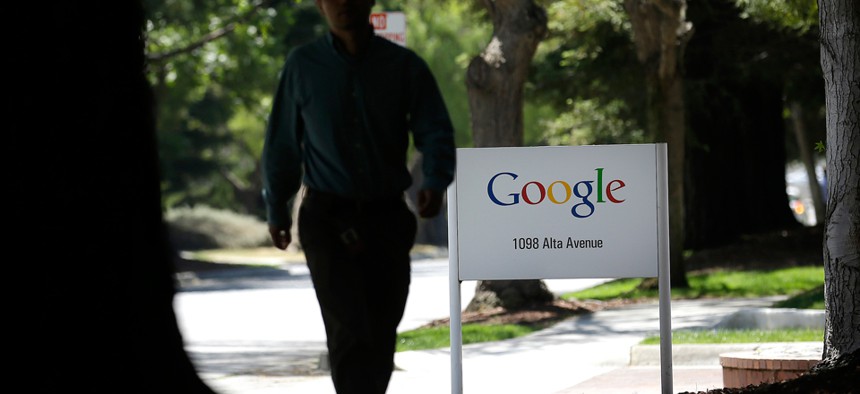Is Google's Problem 'Big Data Hubris' or Insufficient Data?

Jeff Chiu/AP file photo
IARPA uses multiple big data streams to outperform Google Flu Trends.
The trouble with Google Flu Trends might not be “big data hubris” as charged by a recent analysis in the journal Science, but rather that Google’s data simply wasn’t big enough to be sufficiently predictive, a program director at the Intelligence Advanced Research Projects Activity said on Tuesday.
The Science analysis (paywall) found Google’s much touted Flu Trends tool was less adept at predicting future flu activity than simply extrapolating from past activity based on Centers for Disease Control and Prevention reports. It also found that Google routinely overestimated the number of U.S. flu cases to expect in a year.
Jason Matheny directs IARPA’s Open Source Indicators program, which uses automated analysis of open source data streams to predict events ranging from political unrest to disease outbreaks, including flu.
Unlike Flu Trends, which relies exclusively on Google search data to spot changes in the prevalence of flu symptoms, IARPA’s program aggregates data from numerous streams including Web searches, social media, crowding in hospital parking lots and canceled online restaurant reservations, Matheny said. He described the project during a conference presentation on big data, the life sciences and national security hosted by the American Association for the Advancement of Science.
“The goal is to take a bunch of very noisy, weak signals and combine them in a way that gives a stronger signal,” he said. “If you think of Google Flu Trend, that’s one data stream, a data stream that has problems, a lot of noise…With OSI, the goal is to combine various data streams in order to corroborate a signal.”
The OSI system has outperformed Google Flu Trends in testing, though still has a number of false positives, Matheny said.
Another big data tool IARPA is developing is called Foresight and Understanding from Scientific Exposition, or FUSE, Matheny said. FUSE pores through scientific and patent literature for indicators that suggest an innovation or field is about to break out.
“[We’ve] been looking for the past three years for these kind of indicators and there are a surprisingly large number of them,” Matheny said. “One that is quirky is when communities start using more and more acronyms that is a sign of maturity.”






